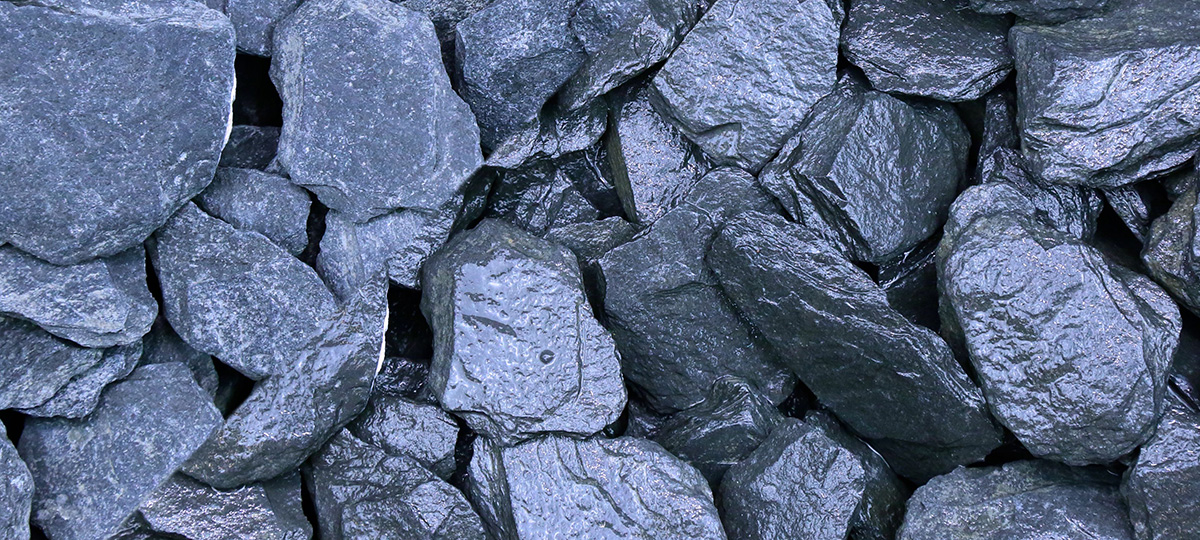The rock cycle is a geological process that illustrates the continuous transformation and interaction among the three major types of rocks: igneous, sedimentary, and metamorphic. It is driven by various forces such as heat, pressure, and erosion, and it plays a crucial role in shaping the Earth’s surface over millions of years.

- Igneous rocks:
These rocks form when molten rock material called magma (below the Earth’s surface) or lava (on the Earth’s surface) cools and solidifies. There are two main types of igneous rocks: intrusive (formed underground) and extrusive (formed above ground). - Sedimentary rocks:
These rocks are created through the accumulation, compaction, and cementation of mineral and organic particles called sediments. Sediments can be produced by weathering and erosion of existing rocks, as well as the remains of plants and animals. Over time, these sediments are deposited in layers and eventually become compacted and cemented together to form sedimentary rocks. - Metamorphic rocks:
These rocks are the result of existing rocks (igneous, sedimentary, or even other metamorphic rocks) undergoing changes due to heat, pressure, or chemically active fluids. This process, known as metamorphism, causes the original rock’s minerals to recrystallize or reorient themselves, resulting in a new rock with different properties.
The rock cycle is a continuous process, and rocks can change from one type to another over time. Here is a brief overview of the transformations:
- Igneous rocks can be broken down through weathering and erosion, eventually becoming sediments that will form sedimentary rocks.
- Sedimentary rocks can be buried and subjected to heat and pressure, transforming them into metamorphic rocks.
- Metamorphic rocks can melt under extreme heat and pressure, forming magma that can eventually cool and solidify into new igneous rocks.
In addition, rocks can change within their own category:
- Igneous rocks can be re-melted and form new igneous rocks.
- Sedimentary rocks can be re-eroded and redeposited, forming new sedimentary rocks.
- Metamorphic rocks can undergo further metamorphism, leading to the formation of new metamorphic rocks.
The rock cycle is a critical process in understanding the Earth’s geology, as it helps explain the formation of various landforms, the distribution of natural resources, and the history of the planet.
Here are examples of each type of rock and their specific processes within the rock cycle:
- Igneous rocks:
- Granite:
An intrusive igneous rock formed when magma cools and solidifies slowly beneath the Earth’s surface. It is composed mainly of quartz, feldspar, and mica. - Basalt:
An extrusive igneous rock that forms when lava cools rapidly on the Earth’s surface. It is commonly found in oceanic crust and volcanic regions.
- Sedimentary rocks:
- Sandstone:
A sedimentary rock formed from the compaction and cementation of sand grains. It is often found in areas such as deserts, beaches, and riverbanks. - Limestone:
A sedimentary rock primarily composed of calcium carbonate, typically from the remains of marine organisms like corals, shells, and foraminifera. It is commonly found in shallow marine environments.
- Metamorphic rocks:
- Gneiss:
A metamorphic rock formed from the high-grade metamorphism of pre-existing igneous (e.g., granite) or sedimentary (e.g., sandstone) rocks. Gneiss displays a banded or foliated texture due to the alignment of its mineral crystals. - Slate:
A low-grade metamorphic rock derived from the metamorphism of shale, a sedimentary rock composed of clay minerals. Slate is characterized by its fine-grained texture and ability to split into thin sheets.
Rock cycle transformations with examples:
- Weathering and erosion of granite (igneous) can produce sand, which can later be compacted and cemented into sandstone (sedimentary).
- Sandstone (sedimentary) can be buried and subjected to heat and pressure, transforming it into quartzite (metamorphic).
- Gneiss (metamorphic) can melt under extreme heat and pressure, forming magma that eventually cools and solidifies into new igneous rocks, such as granite or basalt.
These examples illustrate the various processes and transformations that rocks undergo within the rock cycle, showcasing the complex and dynamic nature of Earth’s geology.

Featured Posts
-

Rock Cycle
The rock cycle is a geological process that illustrates the continuous transformation and interaction among the three major types of rocks: igneous, sedimentary, and metamorphic. …
-

Rock Basics
Rocks are naturally occurring, solid aggregates of minerals that make up a significant portion of the Earth’s crust. They are formed through various geological processes …
-

Mohs Hardness Scale
The Mohs Hardness Scale is a universally recognized tool used to classify the hardness of minerals based on their ability to scratch one another. Developed …
-

Mineral Identification
Mineral identification is the process of determining the name and characteristics of a mineral specimen by using a variety of tests. It is an important …
